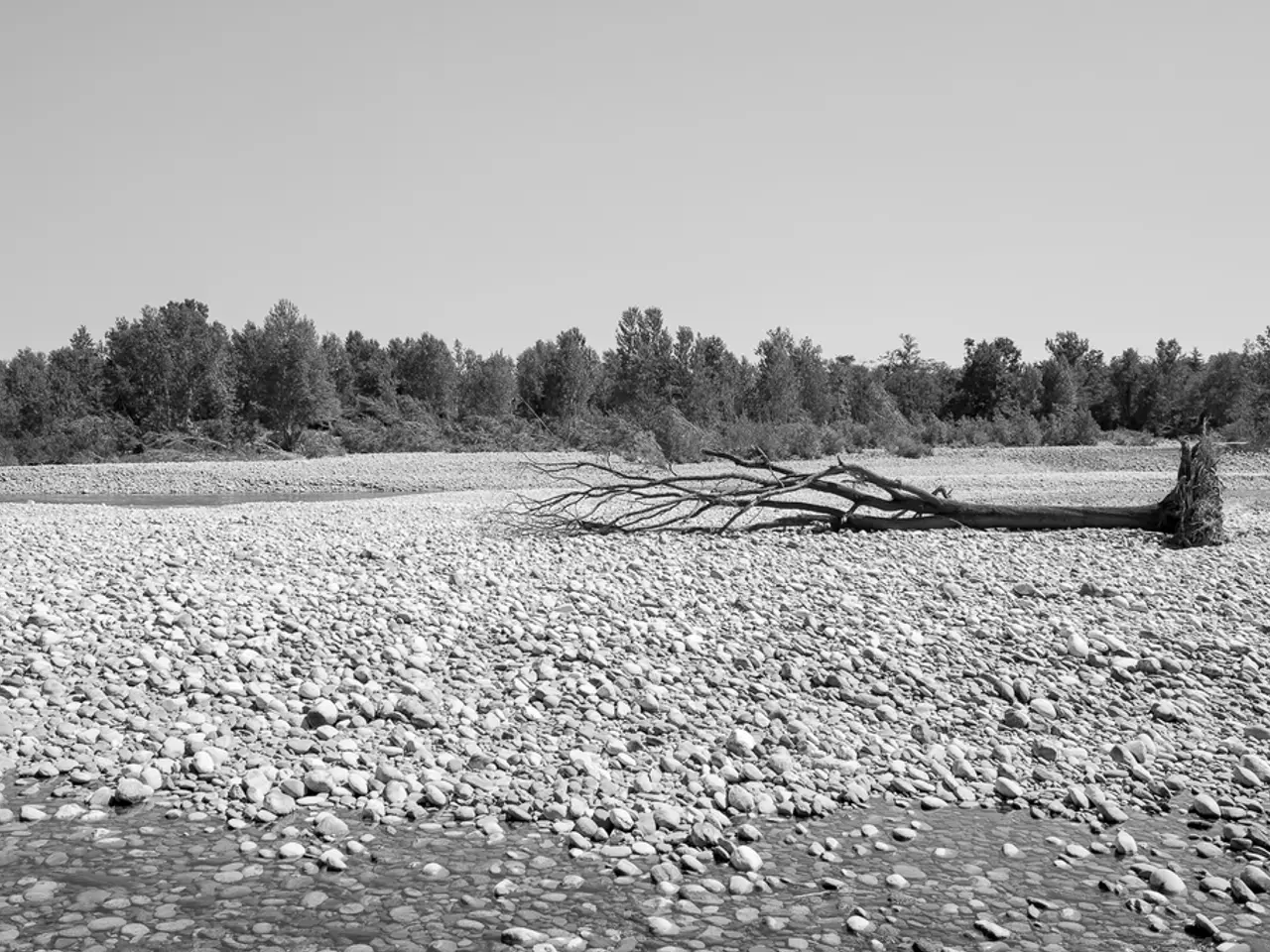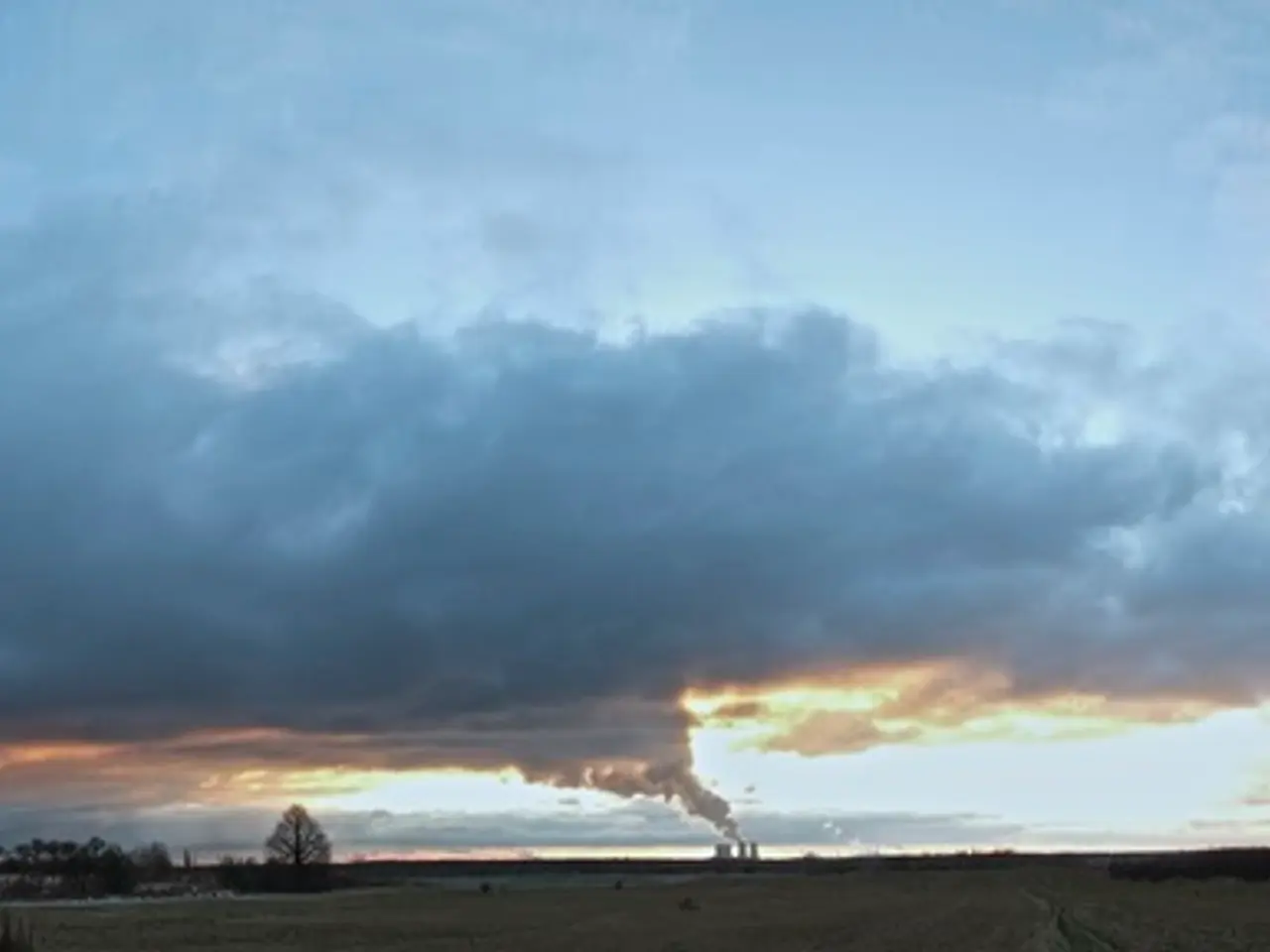Torrential downpour ravages southern Japan, inciting floods and landslides
Kyushu, the southernmost main island of Japan, is currently grappling with a severe natural disaster as torrential rains have caused widespread flooding and landslides since early August. The situation has led to evacuations, transportation disruptions, and tragic casualties.
Key points on the current situation and forecast:
Heavy Rainfall and Flooding
Torrential rains have battered Kyushu since the beginning of August, with some areas like Tamana city in Kumamoto Prefecture receiving record-breaking rainfalls of up to 370 millimeters within six hours[3][5]. Northern Kyushu, including Fukuoka Prefecture, recorded up to 300 millimeters of rain in 24 hours, overwhelming drainage systems and saturating soil[2].
Landslides and Casualties
Multiple landslides have been reported, burying homes and trapping residents. Confirmed deaths have reached at least three, with several missing persons, including incidents where people were swept away by rivers[4]. Rescue operations continue amid difficult conditions.
Evacuations
Over 3 million people in Kyushu have received evacuation advisories, with hundreds of thousands under the highest-level emergency warnings[1][5]. For example, over 113,000 residents in Karatsu City were ordered to evacuate due to landslide threats[2]. Authorities continue to issue new evacuation orders as conditions evolve.
Transportation and Infrastructure Impact
Local transportation is largely paralyzed; trains and buses are halted, and dozens of flights have been canceled, especially around Kagoshima and Miyazaki[1][2][5]. Roads in Kumamoto and surrounding areas are flooded or blocked by landslides[4][5].
Government and Emergency Response
Prime Minister Shigeru Ishiba's government has set up a task force for emergency response and support. The Japan Meteorological Agency (JMA) has issued special heavy rain warnings, emphasizing life-threatening danger and urging vigilance[1][4][5].
Forecast
The heavy rains are linked to a low-pressure system and a stationary front over the region. The JMA predicts continued heavy rainfall and thunderstorms in Kyushu through mid-August, with ongoing risk of floods and landslides[1][4]. Rainbands may affect neighboring prefectures such as Yamaguchi, Saga, and Nagasaki, extending flood risks[2].
In Kirishima city, floodwater was up to knee level at a shopping mall. Television footage showed muddy water gushing down swollen rivers, and a mudslide hit a house in Aira city, Kagoshima prefecture, burying two people who were rescued and taken to hospital.
The Prime Minister said the government will do everything to protect life and safety, and residents are urged to adhere strictly to evacuation orders and safety advisories[1][2][4][5]. The heavy rains are expected to persist over the coming days, sustaining the emergency status in Kyushu.
Environmental scientists are closely monitoring the weather patterns in Kyushu as the persistent torrential rains continue to pose a threat, causing flooding and landslides. The severe weather conditions have led to evacuations, transportation disruptions, and tragic casualties, with the Japan Meteorological Agency forecasting continued heavy rainfall and thunderstorms in the region for the near future.







